Take a look back in time to learn how and why Candlewood Lake was created and view a historical slideshow.

Once referred to as “one of the most beautiful lakes in the world” (Klark K. Kitchen, New York Sun, 1929), many of us do not realize the rich history that Candlewood Lake has. This is the story of how more than 1,000 engineers, laborers, steelworkers, surveyors, and builders created the lake we all enjoy today.
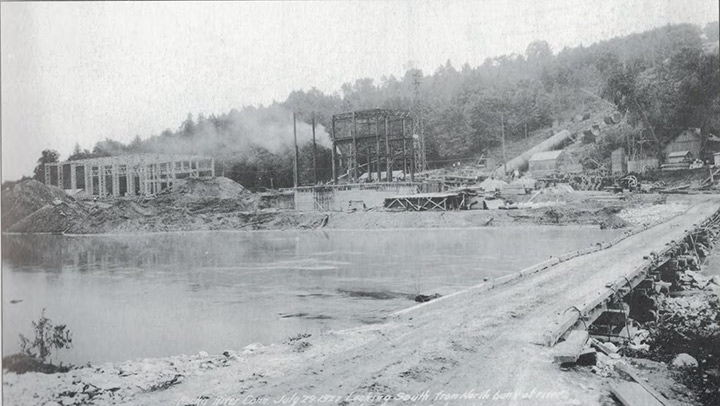
The Birth of Candlewood Lake
Nobody at the time of the lake’s creation had ever created hydro-electric power on such a grand scale. The engineers designing the lake were working with an untested method of generating electricity. Conventionally, electricity was produced by damming a river and capturing the energy of water as it flowed downhill. However, with this new project, water would be pumped uphill and stored for a more desirable time.
The lake’s construction commenced on July 26, 1926, when the Connecticut Light and Power’s board of directors gave the green light for the development of a water reservoir.
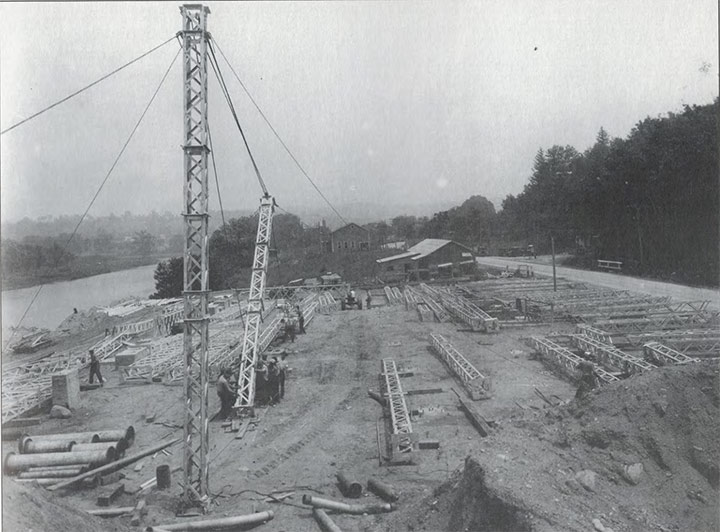
Before Candlewood Lake’s Existence
A rich Native American history around Candlewood Lake explains the axes, pottery, arrowheads, and spearheads previously excavated from the region. Chief Squantz, of the Schaghticoke Indians, originally owned much of the land the lake now encompasses.
In 1724, twelve men came from an early Connecticut settlement called Fairfield to attempt to buy land from Chief Squantz. The Chief agreed to sell a large tract of land that the tribe retained from an original grant. According to legend, the Chief decided to accept the deal, and the men returned home to prepare the deed.
When the settlers from Fairfield returned with the completed deed, they found Chief Squantz had died. The Chief’s four sons refused to honor the contract. However, in 1729, after five years of negotiating, an agreement was reached; the deed was transferred to the settlers for sixty-five pounds (approx. $300). In tribute to the Chief, Squantz Pond State Park, in New Fairfield, was named in his honor.
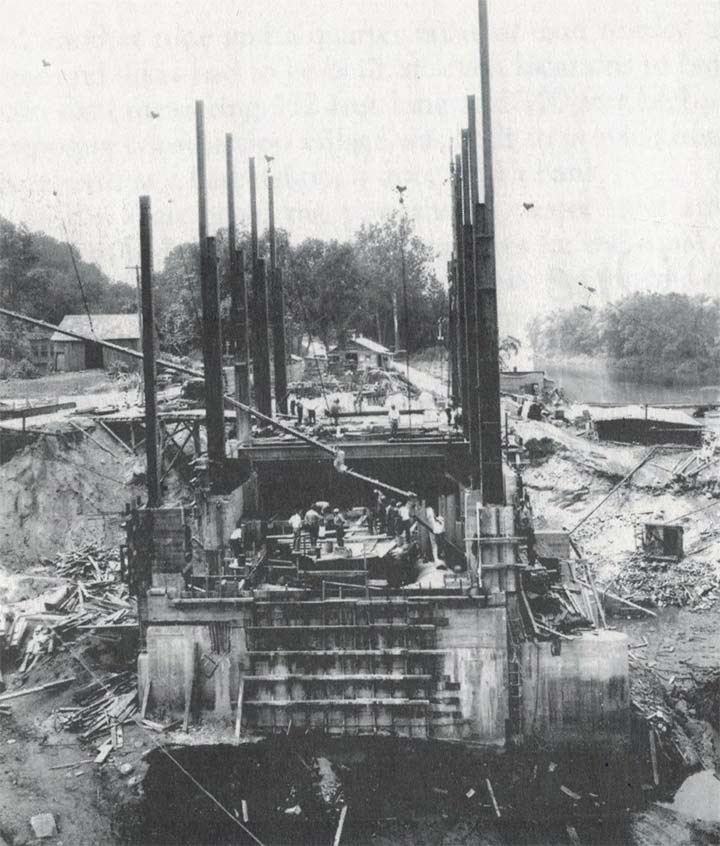
Preparing The Land
Connecticut Light & Power needed 5,420 acres of privately owned land to create Candlewood Lake. Approximately 35 American families owned the property required to build the lake, dating as far back as the American Revolution. CL&P held the right of Eminent Domain and managed to buy most of the land from the settlers. Landowners were paid “fair, pre-lake prices,” which equaled approximately $100 an acre.
The lake now covers the property of the settlers who refused to sell their land along with 30 miles of abandoned roadway.
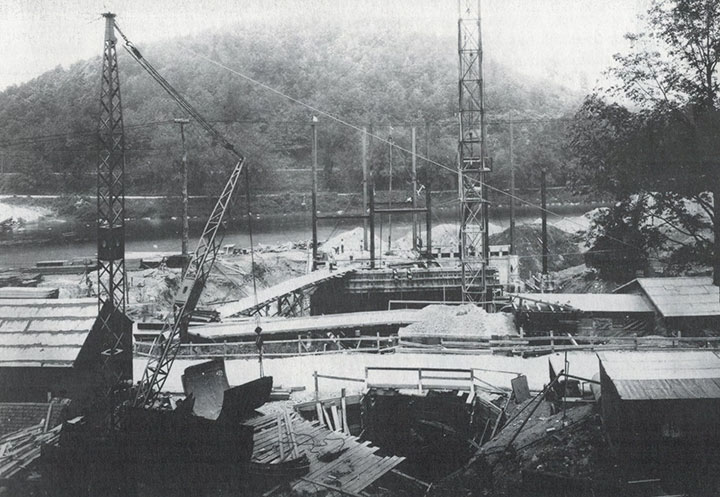
Construction Of The Lake
U.G.I Contracting Company of Philadelphia took on the massive undertaking. Workers burned massive fires at night to help with the removal of the 4,500 acres of woodland and brush. Construction began by erecting a camp with quarters for 400 men near the proposed dam site. This temporary village, known as UGI-Ville, had four bunkhouses, a bathhouse, a store, a bank, a bakery, and a barbershop.
Construction involved building approximately one mile of dams and dykes at seven locations, with the main dam measuring 952 feet long and 100 feet high. To facilitate energy production, a powerhouse, a water inlet structure, and a 13-foot water pipe (penstock) were built along Route 7 in New Milford. The penstock’s purpose was to aid in the movement of water between the Housatonic River and Candlewood Lake. The 8,100 horsepower pumps, used to push water up the hill, are still the largest in the world.
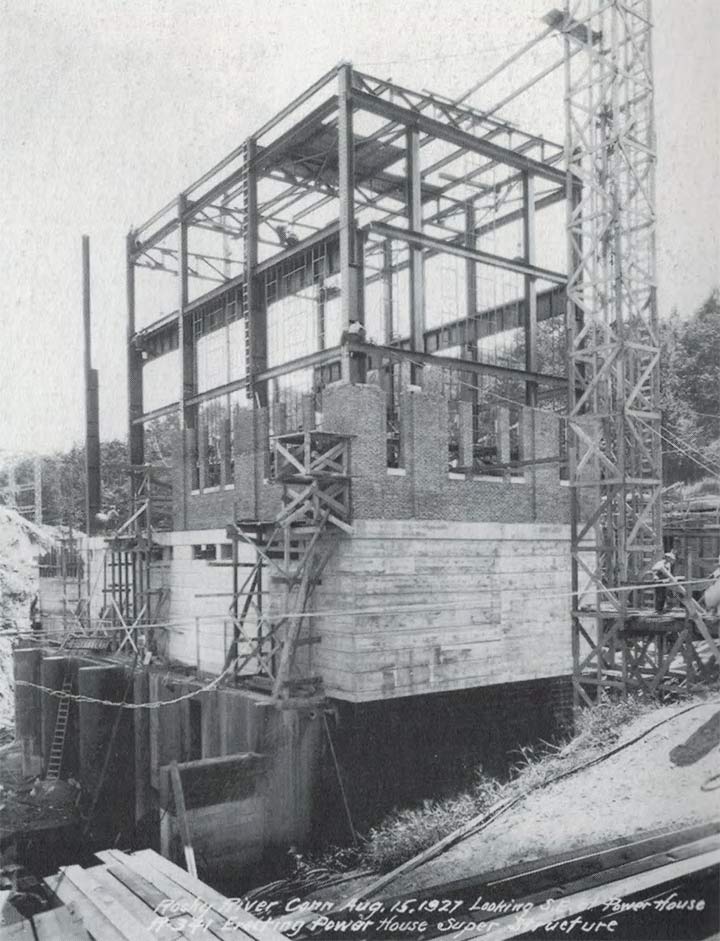
From the time pumping commenced on February 25, 1928, to its conclusion on September 29, 1928, the lake had risen to 429 feet above sea level. The project from start to finish took over 1,000 workers and 26 months to complete while costing approximately $6 million.
How Candlewood Lake Got Its Name
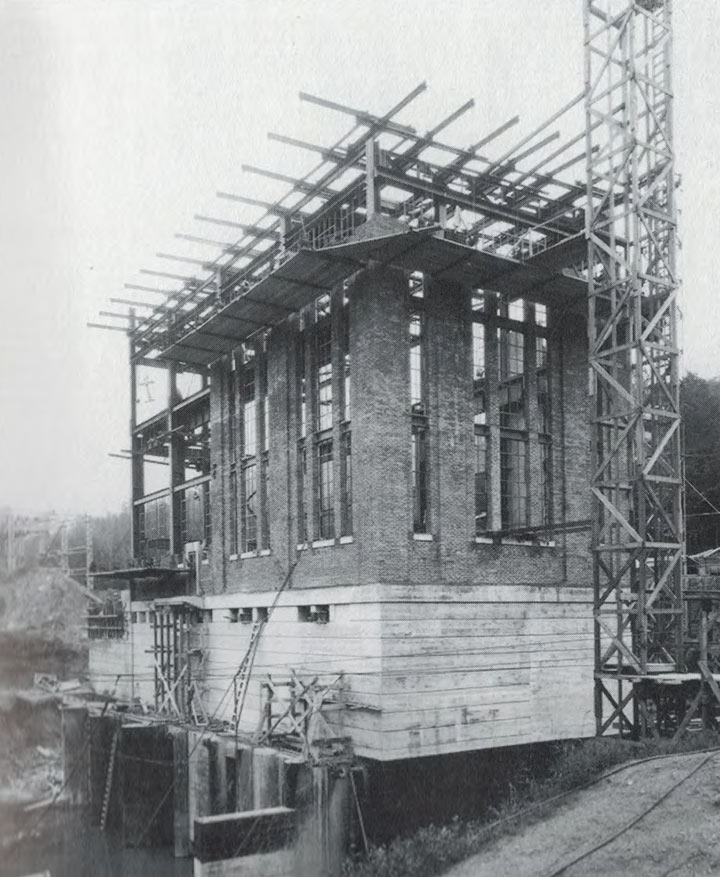
The Schaghticoke Tribe contributed much more to the lake than just land. They also shared their method for making wax candles. They taught the settlers to split the inner core of pine logs, filled with oil and pitch, into 8-inch strips that burned like small torches. The settlers found the wood used for creating the candles in a northern mountain of what is now the lake and named it “Candle Mountain.”
Candlewood Lake got its name from a combination of “Candle Mountain” and the wood used for the candles. The lake was almost named Lake Danbury, but this would have favored one town at the expense of others.
Candlewood Lake Today
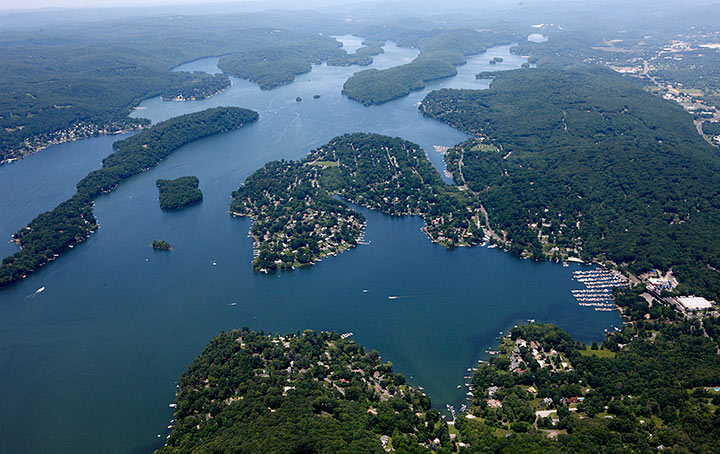
Besides being a source for hydro-electric power, Candlewood Lake has grown into a major recreational destination. People come to enjoy boating, tubing, fishing, and much more! The lake boasts the most beautiful real estate in the area, making it a frequent retreat for New Yorkers looking to get away from the ‘hustle and bustle’ of city life.
Today, Candlewood Lake is the largest lake in Connecticut. With a surface area of over 8.5 miles, it is 11 miles long and 2 miles at the widest point. Containing 46 billion gallons of water, the lake is, on average, 30 feet deep, with its deepest point being 85 feet. Due to the lake’s incredible engineering, water can be pumped from the Housatonic River to Candlewood Lake at a rate of 3,700 gallons per second. That is quite impressive!
The islands you see today were once the mountaintops that settlers harvested their “candlewood”! You can visit any of the twelve islands listed below by boat.
Islands of Candlewood Lake
- Green Island
- Oak Island
- Pine Land
- City Island
- Sand Island
- Shipwreck Island
- Rock Island
- Cedar Island
- Banger Islands
- Skeleton Island
- Thistle Island
For help finding these islands, pick up a free map of the lake at CandlewoodLakeMap.com!
Appreciating Candlewood’s Grandeur
The sheer beauty of Candlewood Lake and its amenities often overshadow its impressive history. One can gain more respect for the lake after understanding its vast history. For more information, you can view the Candlewood FAQ or visit our homepage CandlewoodLakeLife.com.
About The Author
Christina Cavallo is the Owner/Broker of Independent Realty Group in Brookfield and New Fairfield, CT. Christina can take the guesswork out of the sometimes challenging process of buying a home and assist you in buying the RIGHT home for you and your family. For information regarding Candlewood Lake Real Estate, contact Christina at 203-733-3969.